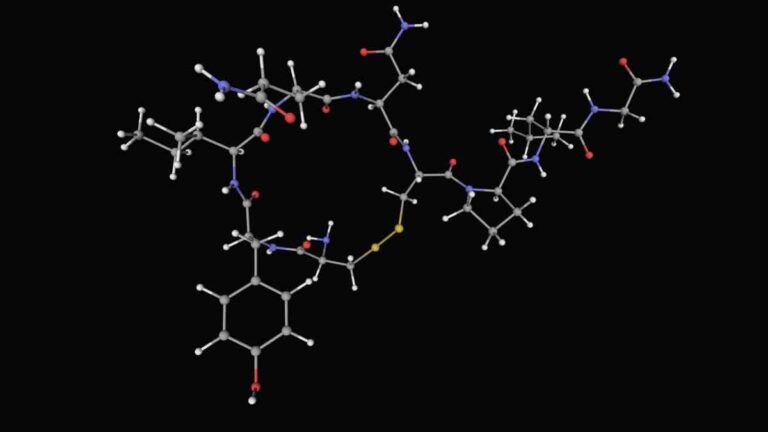Oxytocin is a mammalian neurohypophysial hormone. Produced in the supraoptic and paraventricular nuclei of the hypothalamus by nerve axons, and stored in the posterior pituitary gland, oxytocin acts primarily as a neuromodulator in the brain. Oxytocin plays an important role in the neuroanatomy of intimacy, specifically in sexual reproduction of both sexes, in particular during…
Category: Neuroscience
Ventral Tegmental Area
The ventral tegmental area (VTA), (tegmentum is Latin for covering), also known as the ventral tegmental area of Tsai, or simply ventral tegmentum, is a group of neurons located close to the midline on the floor of the midbrain. The VTA is the origin of the dopaminergic cell bodies of the mesocorticolimbic dopamine system and…
How Your Brain Chunks Moments Into Events
Scientists say they have a new explanation for how the brain breaks experiences into “events,” or the related groups that help us mentally organize the day’s many situations. They propose that the brain may actually work from subconscious mental categories it creates based on how it considers people, objects, and actions are related. Specifically, these…
What Is The Putamen?
The putamen is a round structure located at the base of the forebrain. The putamen and caudate nucleus together form the dorsal striatum. It is also one of the structures that comprise the basal nuclei. Through various pathways, the putamen is connected to the substantia nigra, the globus pallidus, the claustrum, and the thalamus, in…
Music Notation Hallucinations
Physician, neurologist, and author Oliver Sacks M.D. has outlined case studies of hallucinations of musical notation, and commented on the neural basis of such hallucinations, in a 2013 paper for the neurology journal Brain, as well as in his 2012 book Hallucinations. In the paper, Dr Sacks is building on work done by Dominic ffytche…
What is Memory?
Memory is difficult to define without being circular. People often define memory as “something you can remember”. But we cannot deny the existence of a memory when there is no recollection. Sigmund Freud was first to theorise this notion: memories that are not consciously remembered can exert control through the subconscious. Although much of his…
The Brain Regions That Are Overactive In Borderline Personality Disorder
Brain regions that process anger and sadness are overactive in people with borderline personality disorder, a new University of Toronto study reveals. Additionally, the research finds that the areas of the brain that would normally help dampen negative emotion are underactive. The work offers the best description yet of the neural circuits that underlie the…
How Brain Activity Changes When Anesthesia Induces Unconsciousness
A pattern of brain activity that appears to signal exactly when patients lose consciousness under general anesthesia has been identified for the first time by investigators at Massachusetts General Hospital (MGH) and Massachusetts Institute of Technology (MIT). Although their study only involved use of one anesthetic drug, propofol, the researchers believe that their findings will…
Opposing Mechanisms Lets Us Voluntary Forget Unwanted Memories
If only there were a way to erase the memory of your most humiliating moments. It turns out there’s not one, but two opposite ways in which the brain allows us to voluntarily forget unwanted memories, according to a study published in the journal Neuron. The findings may explain how individuals can cope with undesirable…


